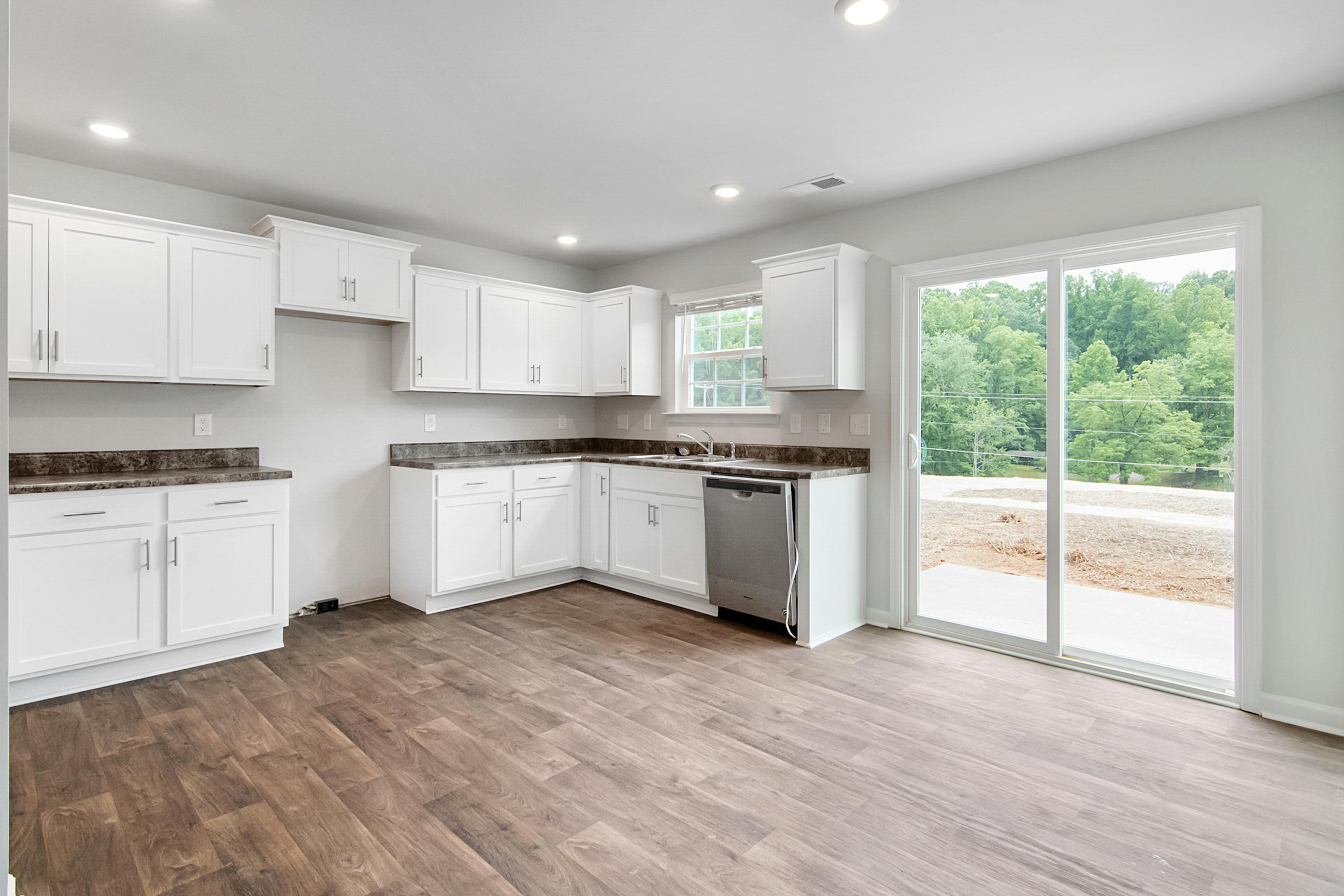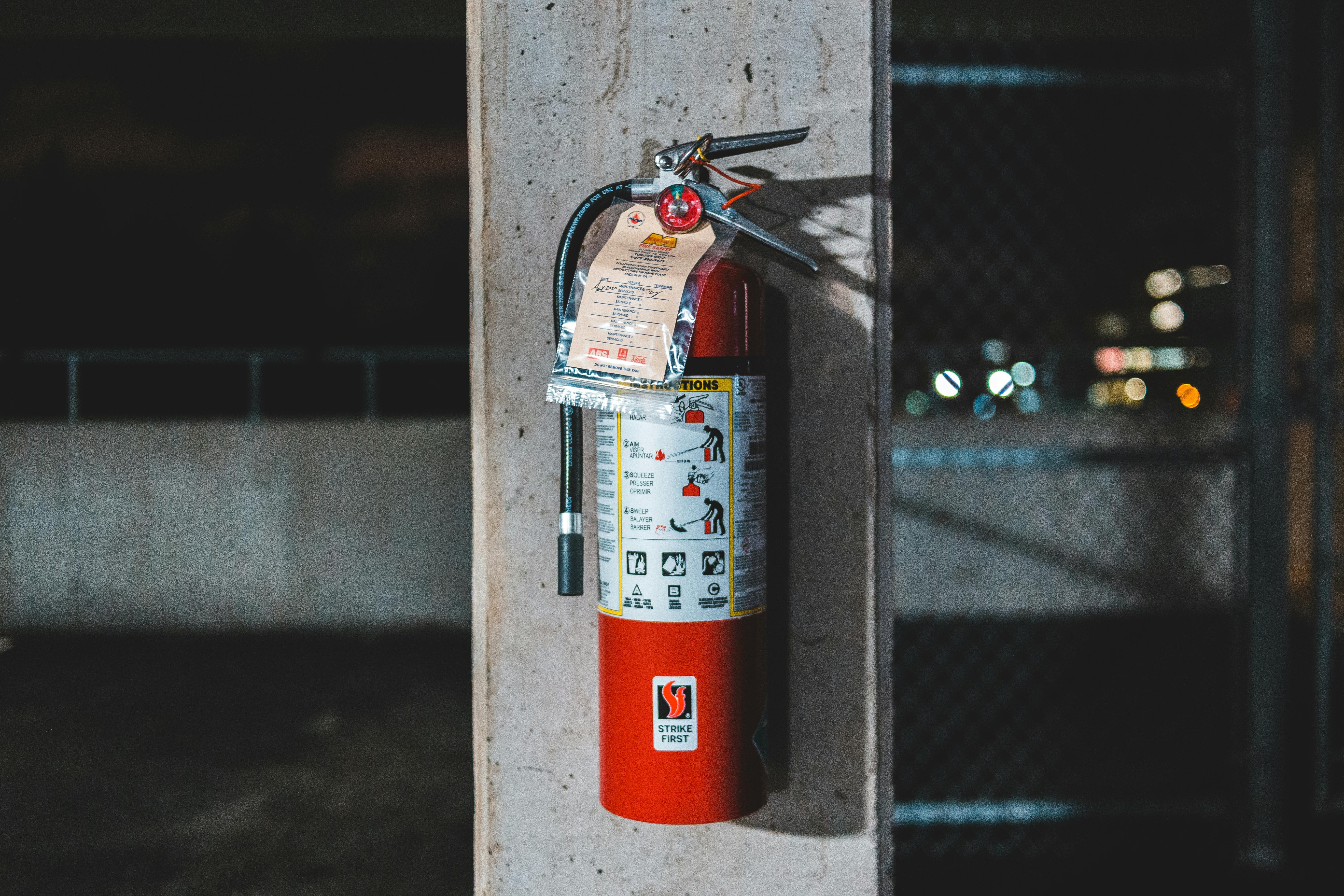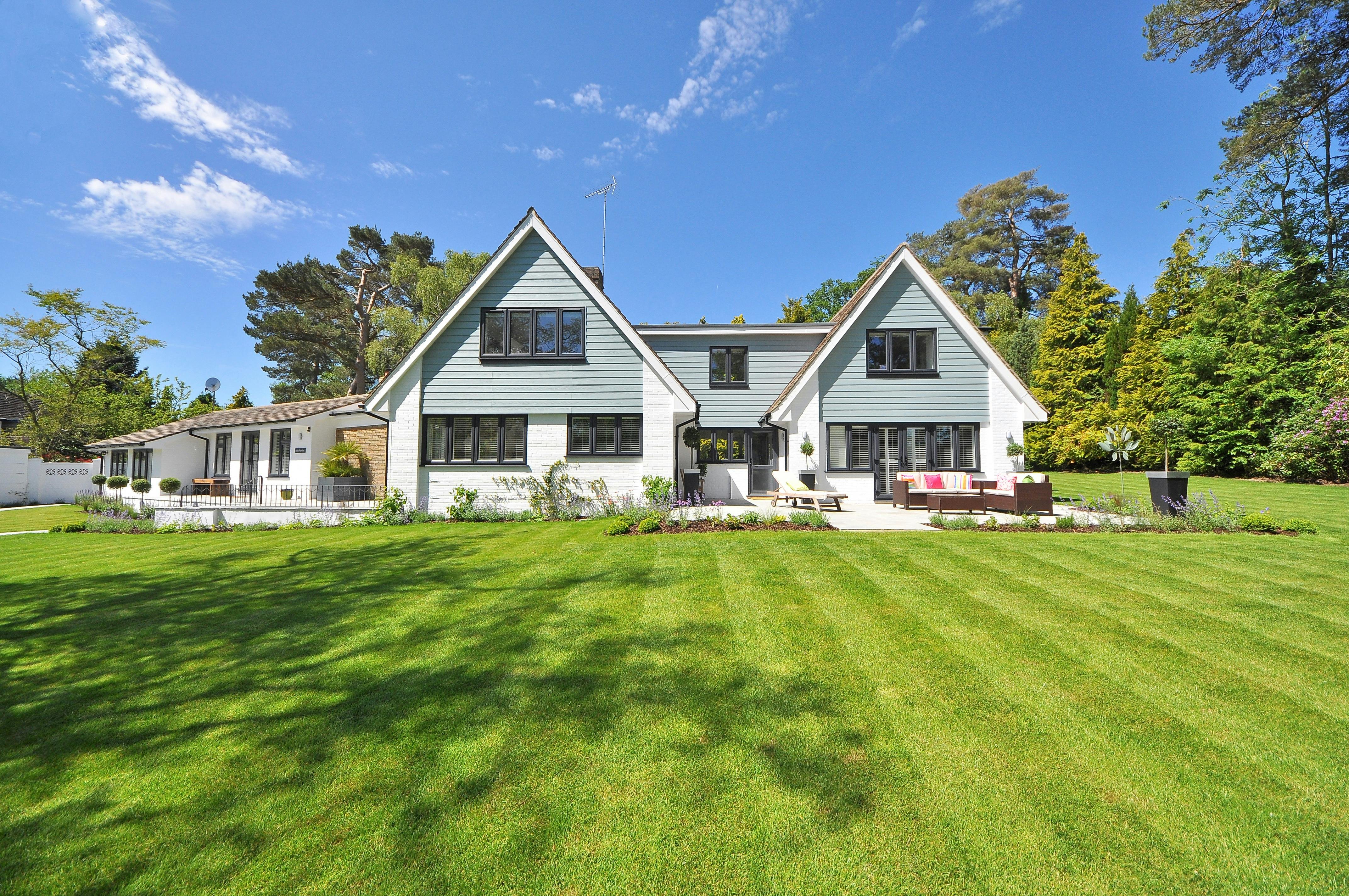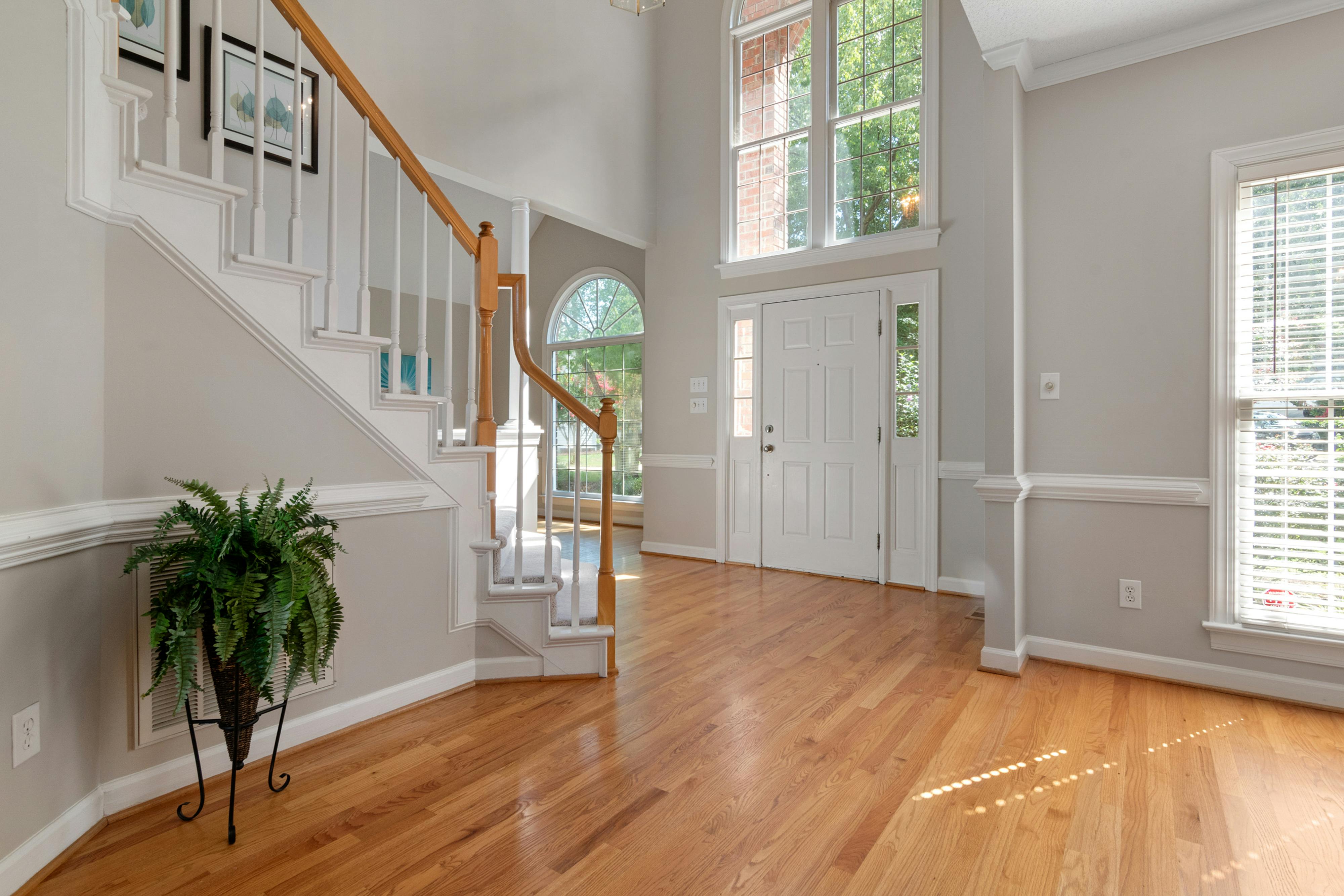
The benefits of radiant heat, comparison
What are the benefits of radiant heating and how do they compare to other heating applications?
Perhaps you are considering installing radiant heat in your current or new home, but don’t understand the benefits or differences between heating applications? Well, we would like to tell you about the benefits and the comparisons with other available heating applications.
Some of the benefits of radiant heat are:
Comfort: Let your bare feet soak up the warmth of soothing heat without the dust and noise associated with other heat sources. Enjoy evenly distributed heat in your home’s kitchen, bedroom, bathroom and basement.
Custom Designed – Whether for additional floor heating or total space heating, each system is custom designed to fit every room, regardless of shape or size. These systems heat under any surface, including marble, slate, carpet, hardwood, and tile. The compact control box will hang on the wall in your garage or in a utility room. No vents or heating ducts will be visible, and no furnace or boiler is required.
Perfect for Remodels and Additions: The simplicity of the low voltage heating element makes this system incredibly easy to install in your remodeling or room addition application. The floor does not need to be built and no additional construction costs are incurred. The unique heating element can also be installed between floor joints to heat an existing floor or room.
Safe: So safe, in fact, that fingernails, water, and even touching the heating element during operation will have no harmful effect! You’ll have peace of mind while your loved ones play as the systems are tested to UL standards and operate on low voltage power (8 to 32V) without worry.
Reliable – Solid-state heating systems are virtually maintenance-free and the heating element is backed by an industry-leading 25-year warranty. With no moving parts and advanced self-diagnostic technology, there is no need for annual maintenance or service checks.
Efficient: Radiant heat is the most efficient form of heat available. Significantly less operating time is required to maintain desired heat compared to ovens and other radiant heat systems, keeping operating costs to a minimum. Low voltage radiant heating systems operate at 98-100% efficiency at any elevation, evenly heating every area of the room.
Practical: Our precise thermostats allow you to easily adjust the floor or air temperature of your underfloor heating or space heating system. You also have the option of programming the exact time of day you want your system to work. Just relax, enjoy the comfort, and know that your system will perform for decades to come.
So let’s compare with other heating apps. Radiant heat versus other applications:
Radiant Heat vs. Hydronics at a glance
Both electric and hydronic radiant heat systems have certain advantages for specific applications. The following are the advantages of low voltage radiant heat systems:
A boiler room is required to run a hyronic radiant heat system. A 17″x12″x7″ control unit is required to operate the low voltage radiant heat system.
A gypsum or concrete slab is required to install a hydronic system. It is estimated to cost approx. $4.00 or more per square foot to install a hydronic radiant floor heating system than to install a radiant floor heating system.
The ZMesh heating element installs directly below the floor surface with no soil buildup. The 12″ wide ZMesh is spread over the area to be heated and then nailed or stapled to the wood subfloor.
Electric radiant heat warms your floors evenly because it uses 100% of the system’s energy. However, a hydronic system heats the floor less the further the hot water is from the boiler (see illustration below). Hydronic systems use only 65-85% of the system’s energy. At higher elevations, electric radiant heat is still 100% efficient, while hydronic systems are even less effective than at sea level.
*For complete diagram see http://www.warmquest.com/radiant_hydronics.html
Radiant Heat vs. Hydronics at a glance:
A room with underfloor radiant space heating will have a very even temperature from ceiling to floor. Heating a subfloor is the ideal application for our radiant heat systems. If you’ve lived in a house with forced air, you can turn up the heat, but the basement floor is still cold. Installing a floor heating system will add comfort and warmth to your lifestyle.
A room heated with a forced air furnace will have cold floors and the warmest air at the ceiling. Although the air may warm up, the floors will be cold and uncomfortable, especially for children playing on the floor.
*For complete diagram see http://www.warmquest.com/radiant_air.html
WarmQuest.com is the only online radiant heating supply store where you can gather information, formulate your needs, get a free quote and order online. Customer service is available for any information and free estimates are available online or by phone. To receive a quote, visit http://www.warmquest.com or call 1-888-239-1232.




No Comment